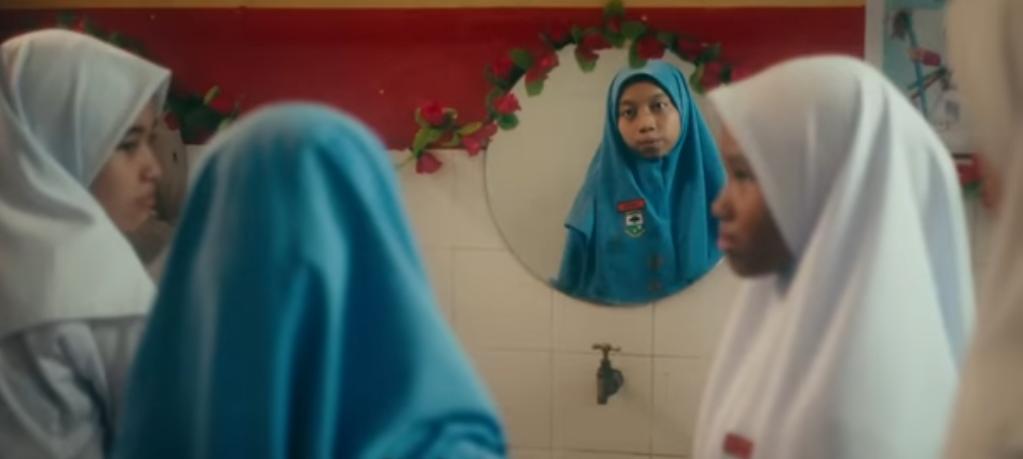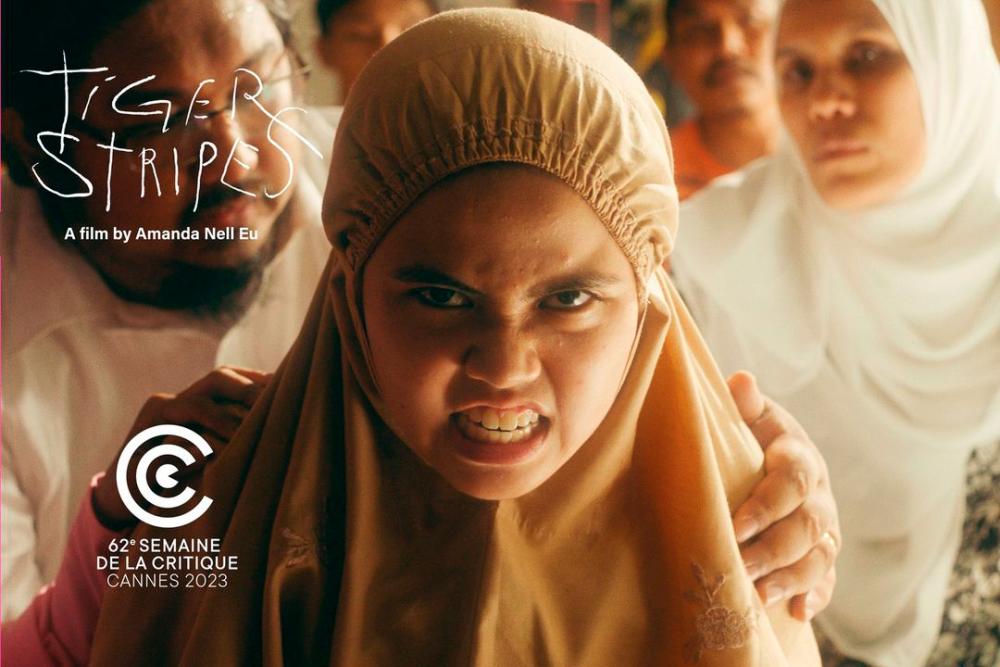Blues, Bras & Balding: Reviewing Local Gem ‘Tiger Stripes’ Through The Eyes Of An Early Bloomer
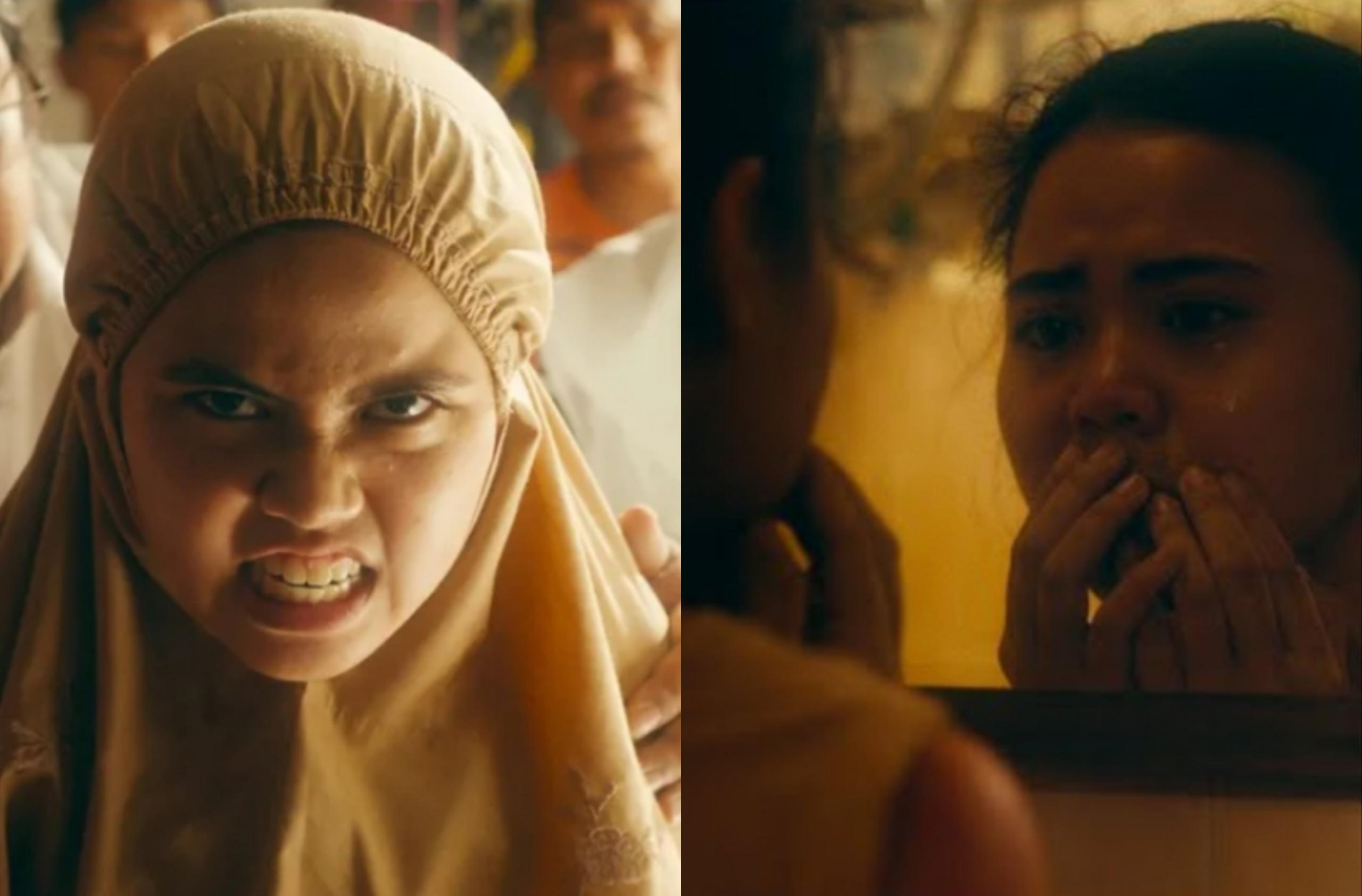 Thirsty for JUICE content? Quench your cravings on our Instagram, TikTok and WhatsApp
Thirsty for JUICE content? Quench your cravings on our Instagram, TikTok and WhatsApp
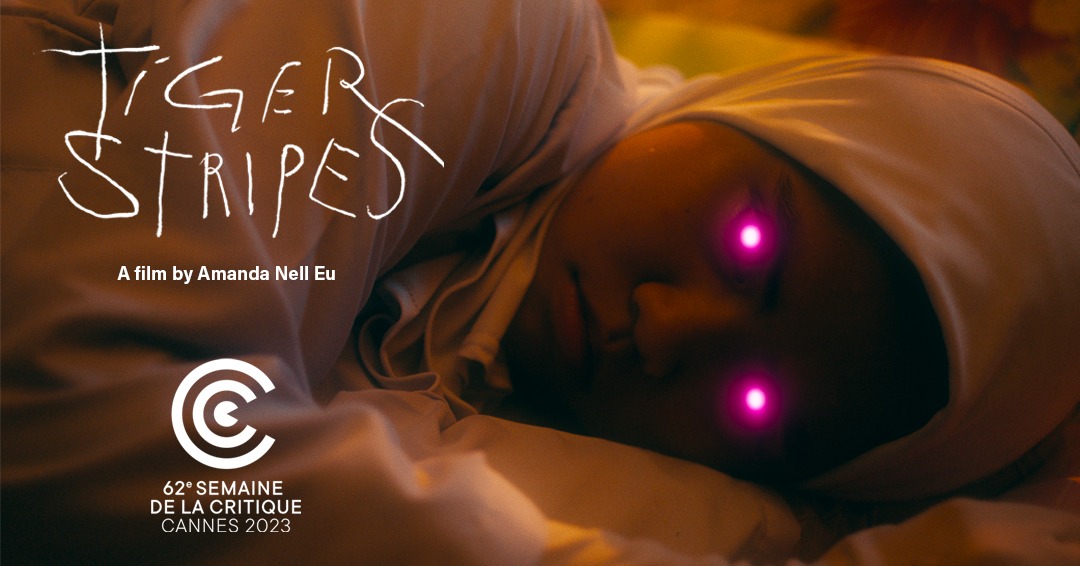
Disclaimer: The following article is a detailed review which contains several spoilers to the film. It also reflects the personal opinion and interpretation of the author and does not represent the views of JUICE Malaysia or the creators of the film.
Directed by Amanda Nell Eu, Tiger Stripes is a body horror, coming of-age film like no other, gracefully unveiling the journey a 12-year-old Zaffan as she grapples with the terrifying twists and turns of puberty.
As an ‘early bloomer’ myself, the film struck a hauntingly nostalgic chord, capturing the peculiar sense of alienation and horror that accompanies being the first among your peers to navigate the unforgiving nooks of adolescence.

Being the first Malaysian film in history to snag the Grand Prize for Best International Feature at the Cannes Critics’ Week, Tiger Stripes courageously steps into the liberal arena of female puberty. Despite the censorship in the final cut for local cinemas, the film resonates tragically and beautifully with its ‘period-having’ audience, providing a unique perspective on a topic often shrouded in silence.
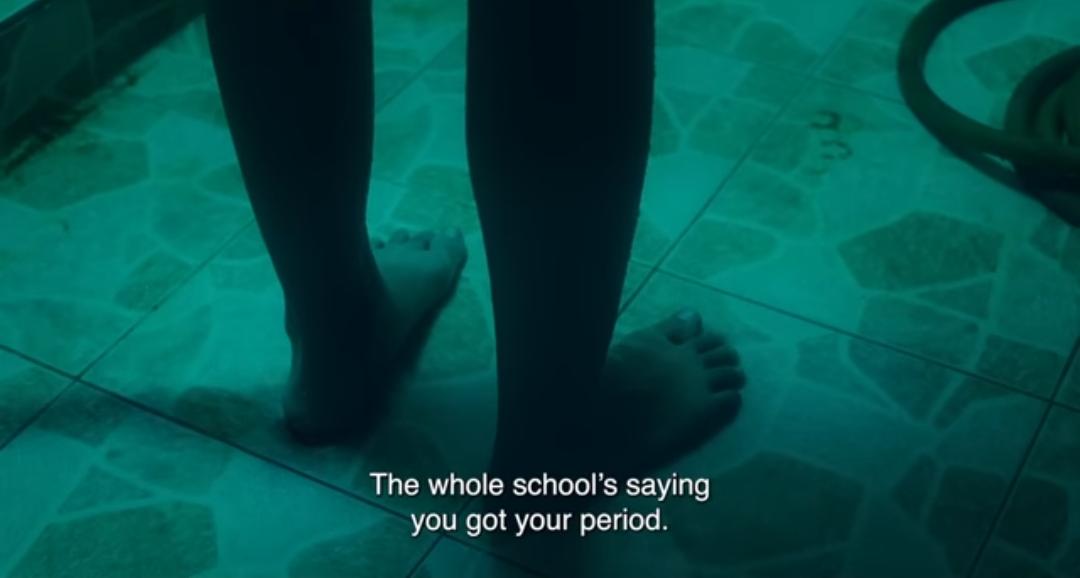
From the ominously upbeat dangdut tune at the beginning to Zaffan’s friends turning their backs, the film unflinchingly portrays the social turbulence triggered by puberty. The raw, unfiltered depiction of the school toilet, the first bra, and the unspoken struggles amplify the emotional depth, transforming the narrative into an inadvertent horror, rich in symbolism and, of course, open to personal interpretation.
Candid Realism
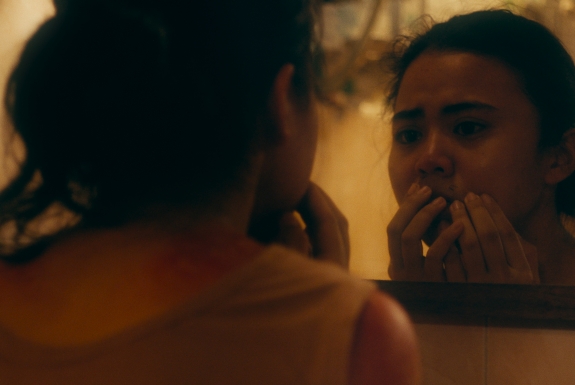
Delving into the experiences of Zaffan, it subtly confronts the stigma associated with menstruation and the complexities of early adolescence. The changes kick in from the moment she gets her period, and the news spreads around the school. Perhaps the best part about the film is that it does not romanticise female puberty, as other films and books tend to do. As time progresses, Zaffan struggles with pustular acne, body odour and ‘whiskers’ in the form of dark, coarse hair that seem to emerge from the skin out of nowhere.
As a woman who remembers the first time she sneaked into her mother’s room to borrow a pair of tweezers and pluck at my own ‘whiskers’, let me tell you that witnessing Zaffan’s reaction to doing the same, squelching in pain, was equal parts funny, nostalgic, intriguing and somewhat sad.
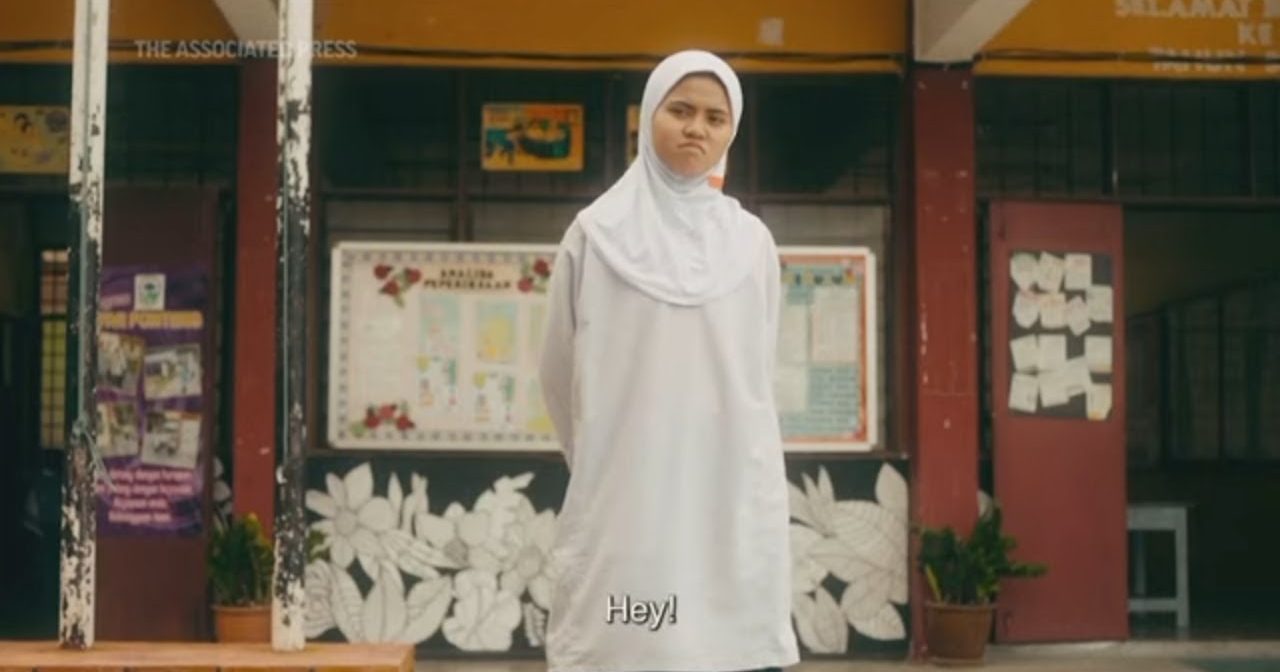
Filmed within a Malaysian kampung in Selangor, the movie also inherently strikes a chord of familiarity for its local audience, forming a narrative that resonates deeply with the cultural nuances surrounding female adolescence on local grounds.
The portrayal of hysteria at the sekolah asrama adds an additional layer of relatability, as one too many Malaysian girls are familiar with such challenges, societal pressures, and sometimes even supernatural occurrences that come with living in boarding schools. I could see audiences misinterpreting this as feeding into the stereotypes of the Malay/Muslim society, but to me, it simply challenges the superstitious perspectives that often surround the topic of menstruation in Malaysian culture.

Intentionally or otherwise, Tiger Stripes extends its reach beyond individual experiences, tying its narrative to a larger cultural conversation – particularly as it unveils the concept of societal conditioning that leads women to insult each other over a natural process, showing us that a girl’s journey through adolescence is usually laden with secrecy and shame.
Unpacking Internalised Misogyny
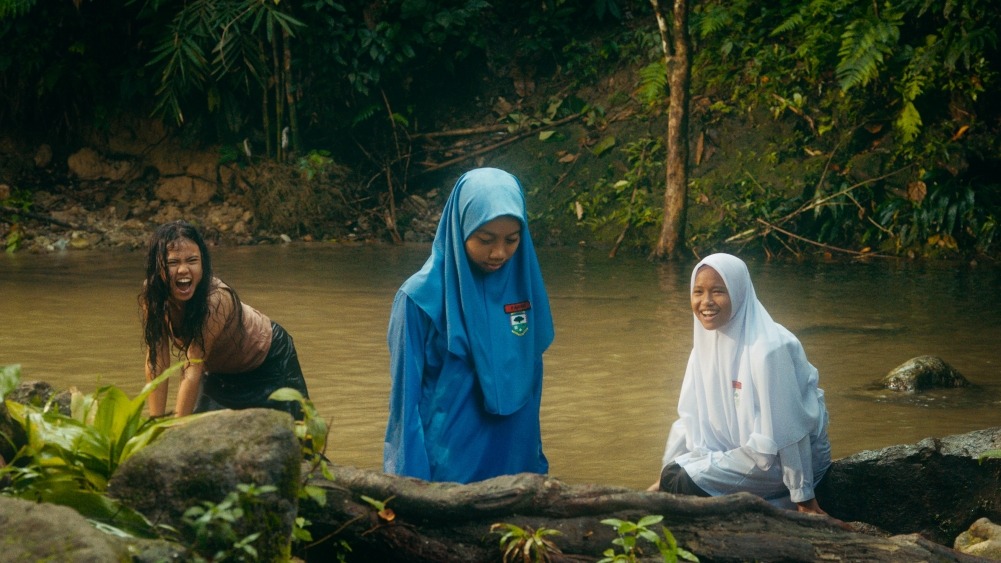
The film exposes the profound, often overlooked aspect of turning one’s back on a girl experiencing early puberty.
It delves into the societal conditioning that drives girls to insult each other over a natural and, in some cultures, beautiful process, reflecting the unfortunate reality of how women are taught to undermine each other, perpetuating stereotypes and misconceptions.
Everything you do suddenly makes you a slut – if your bra straps are visible, if your clothes are wet from the rain, if you have a crush on someone. Your innocence is not lost, but stolen from you.
Comic Relief Or Bitter Reality?

While the film masterfully navigates the sensitive terrain of puberty, the character of the Ustad, providing comic relief in a TikTok-famous manner, raises eyebrows. While his antics are delivered with humour, they do hint at a real-life bitterness – the mocking and shaming frequently endured by those unfamiliar with the female puberty experience.
As a woman, watching the Ustad’s behaviour is a challenging experience, particularly for those who have grown up being ridiculed by men. The film astutely captures how our social norms allow men to make light of women’s experiences, and how many, despite their age, remain trapped in harmful beliefs. These are the men who, without hesitation, inquire about a woman’s menstrual cycle at the slightest display of emotion, the ones who point and laugh at stained clothing, and the ones who consistently make us feel small, dirty and weak.
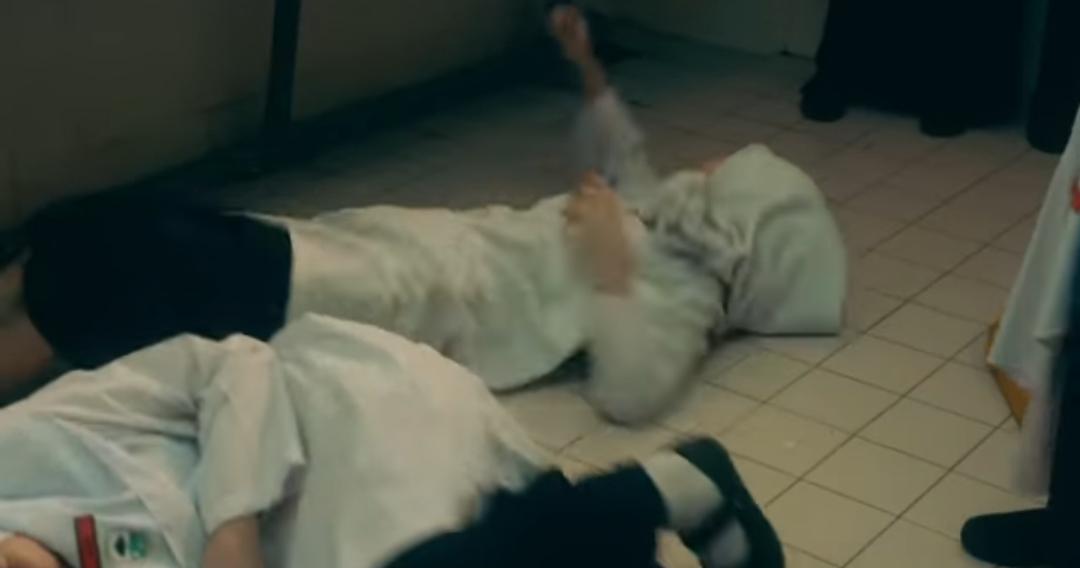
The film also intricately weaves the complexities of female relationships, portraying both betrayal and an unspoken connection through shared experiences like menstruation. The hysteria observed among Zaffan’s classmates, seemingly a protective mechanism as this happens while they’re attempting to beat her up in the school toilet, subtly implies a collective fear of facing the same fate – aligning with the belief that hysteria often stems from a place of stress or fear.
Moreover, the female teacher’s breakdown, though she was not directly present at the scene, seems to be symbolically linked. She is seen refusing to allow Zaffan to go to the toilet for an emergency a few scenes prior, and I believe this is meant to come off as a depiction of internalised anger that tends to span across generations.
Also, this one might be a coincidence, but during English classes, the teacher writes some fill-in-the-blank sentences on the whiteboard, which include “The father goes to work” and “The mother cooks at home”. Sounds like a tasteful lick of long-practised patriarchy to me – one that might even go over the heads of local audiences as we have normalised these ‘social structures’ over multiple generations of students.
Visual Poetry
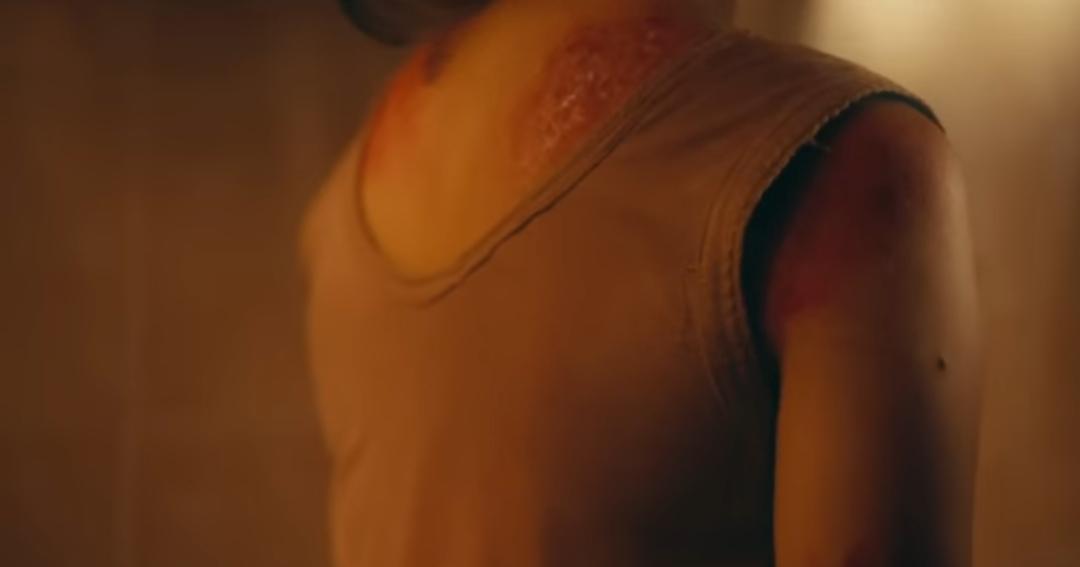
The film’s choice of an arthouse, indie-style of filming also somehow adds a layer of complexity to its narrative. Marked by long, still shots and punctuated by the recurrent presence of animals.
Caterpillars and frogs become symbols of the girls’ warm and caring spirits, and this image is soon shattered as Zaffan inadvertently kills a frog, mirroring the loss of innocence amid the tumultuous journey through puberty. The film also entails a tiger-like brooding entity with a balding head, glowing red eyes and an insatiable rage and hunger, who watches over Zaffan, sometimes seated on tree branches, neither fully human nor animal.
The juxtaposition of these visual elements serves to intensify the emotional impact of the film, reinforcing its message about the fragility, transformation and a looming dread inherent in the process of growing up as a girl. The symbolism behind the incorporation of the tiger itself was interesting – A creature that is seen as violent and dangerous, something to run from and avoid, yet used for entertainment in circuses and zoos – this was simply a film that hit close to home.
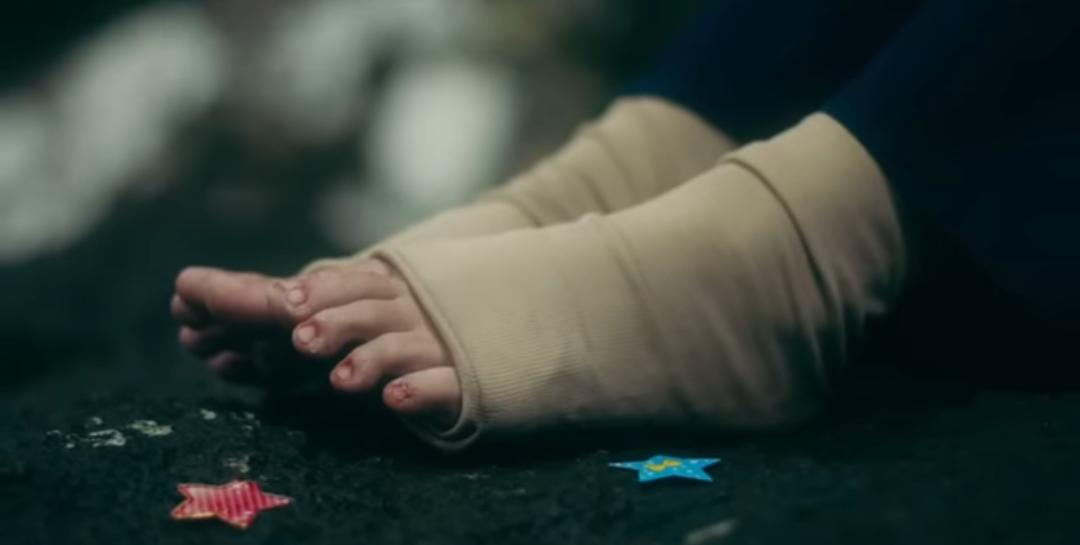
Its style may be off-putting or even annoying to some viewers, especially with the lingering still shots which may come off as an unnecessary and anti-climatic build up of suspense, but to me, this cinematic approach captures an eerie yet innocent vibe – mirroring the dichotomy of the girls’ experiences. The entire film is poetic and symbolic, thus making room for all these unsettling aesthetics.
In its essence, with a complex plotline, odd visuals, and an extremely fine line between reality and supernatural horror, Tiger Stripes is not for everyone. However, in its own unique way, I think it could be a comfort film for women worldwide, what with its deep, female-centric undertones that only surface when you try to seek them out.
It reminds me of Jennifer’s Body in a way, another film that was subject to misinterpretation, misogyny and ridicule. You see, while marketed as a horror/comedy, only revered for its girl-on-girl kissing scene, its plot also exposed viewers to the muddled, tainted, complicated yet pure world of adolescent female bonds. To quote Needy in the film, “Hell is a teenage girl”.


 Get Audio+
Get Audio+ Hot FM
Hot FM Kool 101
Kool 101 Eight FM
Eight FM Fly FM
Fly FM Molek FM
Molek FM

